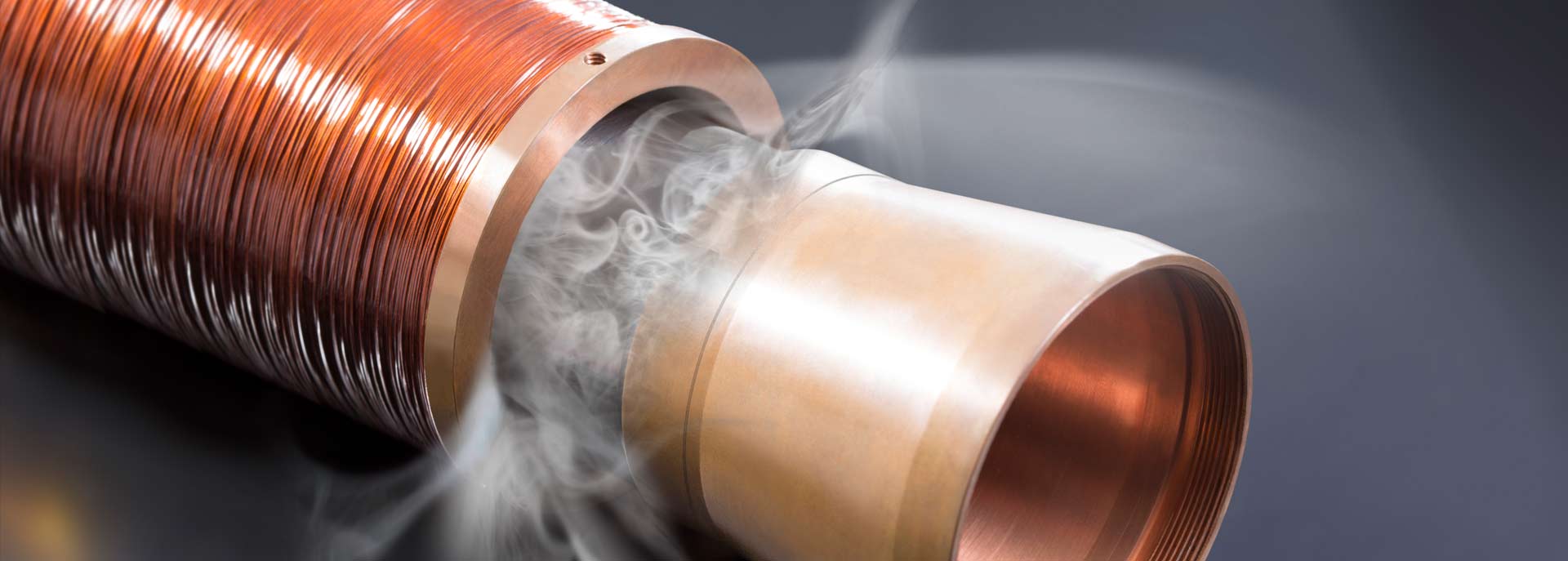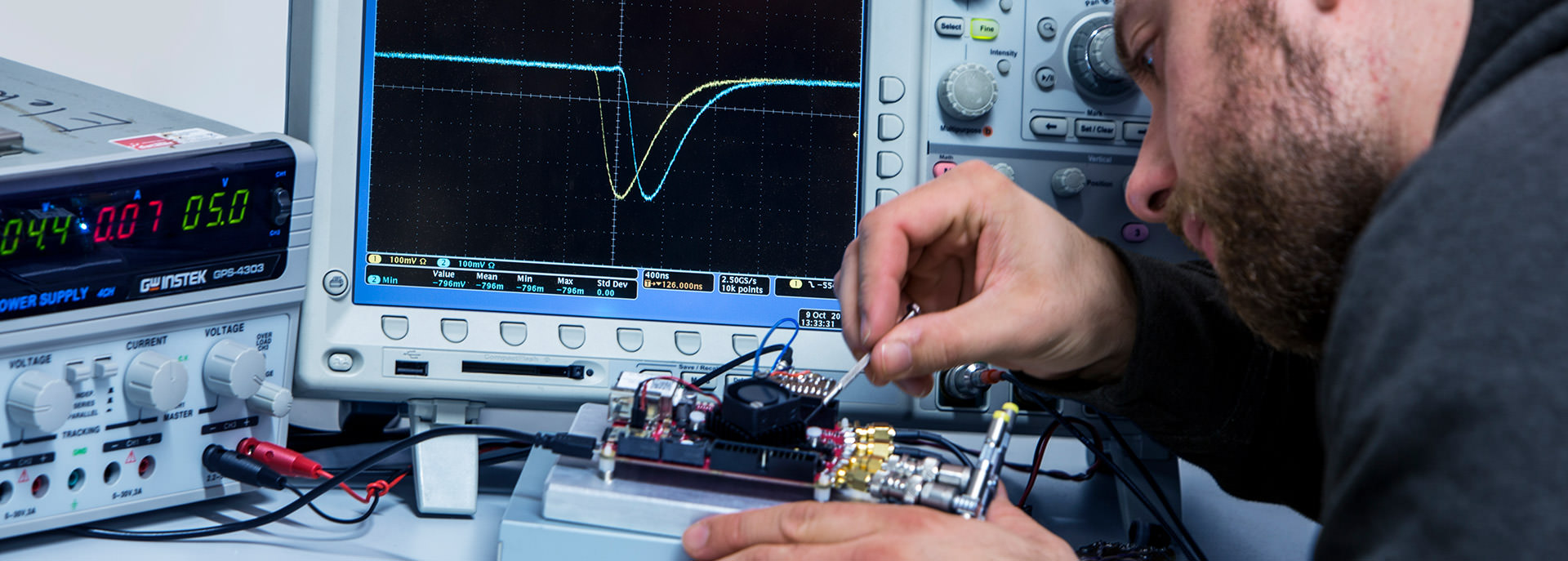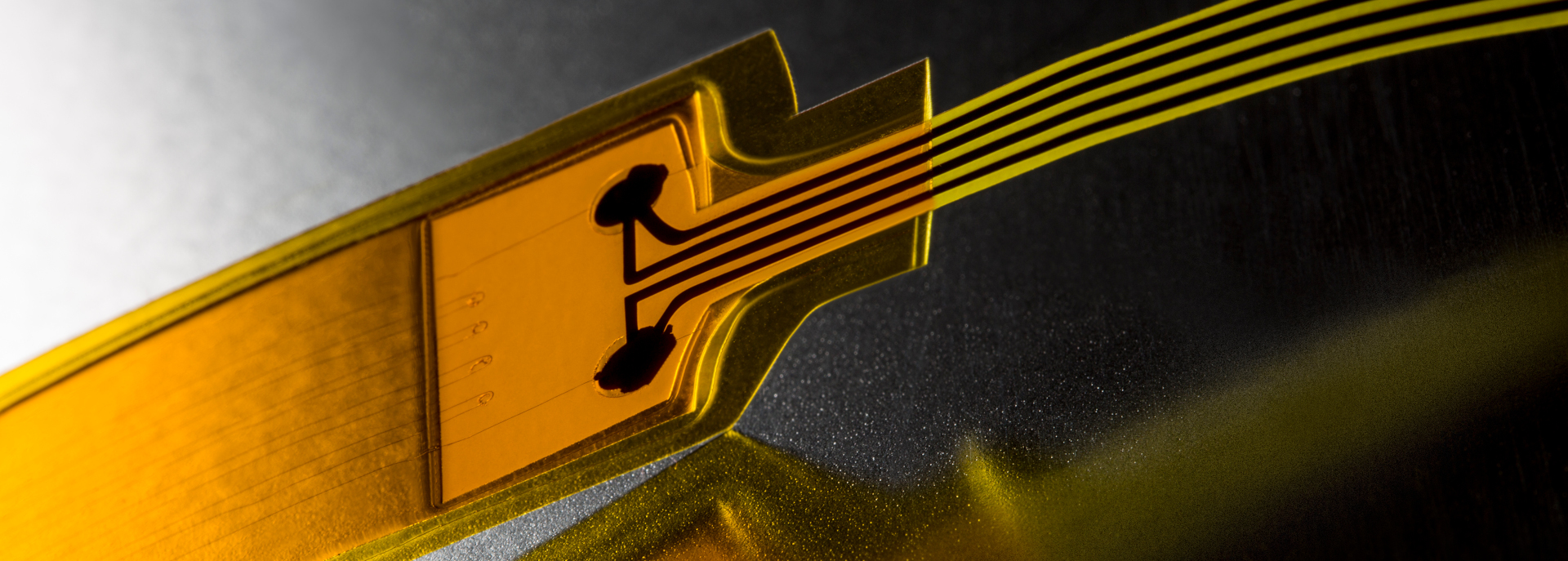The proton is one of the most prominent particles in physics. Together with the neutron, it is the building block of which all atomic nuclei are made. In principle, physicists have known for a long time what a proton consists of: it is made up of three quarks, which are held together by the strong interaction, one of the four fundamental forces of nature. Nonetheless, there are still many puzzles regarding the structure of the proton: what is it made of in detail? How does its mass arise, and how its spin, its quantum-mechanical angular momentum?
Questions such as these are investigated by the section “ElectroMagnetic Processes” (EMP) of the Helmholtz Institute Mainz. Its focus is on the development of a new particle detector called PANDA – an experiment to be realized at the new accelerator complex FAIR at the GSI Helmholtzzentrum für Schwerionenforschung in Darmstadt. The team that builds the detector and will operate it in the future consists of about 500 experts from 17 countries.
From 2025, FAIR is due to produce beams of antiprotons – the antiparticles of protons. The antiprotons will be stored in the HESR ring, which has the shape of a racetrack and a circumference of 575 meters. At one point in the ring is the target – a thin beam of cold hydrogen that crosses the path of the antiprotons. Here, antiprotons regularly collide with protons from the hydrogen. As a consequence, the two annihilate each other in a blaze of pure energy, from which new, unstable particles – such as pions or kaons, but also photons – instantly form. The PANDA detector is to record these newly created particles and measure them in detail.
The EMP section is particularly interested in a special process during annihilation: for a short time, high-energy photons (particles of light) are formed, which promptly decay into an electron–positron pair or a pair of muon and antimuon. It is these pairs that PANDA will detect and measure. Based on the measurement data, the physicists can then first draw conclusions as to the original photon. From the properties of this photon, detailed information can in turn be deduced about the structure of the original collision partners – the protons.
PANDA is thus complementary to the usual methods for unraveling the proton structure: here, the particles are bombarded with fast electrons and their deflection is used to explore the “inner life” of the proton. PANDA, in contrast, will venture into a so far mostly unexplored parameter range, providing new information about the proton’s structure: how is the electric charge of the three quarks arranged in detail, how are the magnetic moments aligned? Such insights are important to better understand the nature of the strong interaction. These findings will help to test new approaches for so-called effective theories and check the results of sophisticated computer simulations.
Within the PANDA team, the EMP section is involved in the development of various detector components. Among other things, using computer simulations, the researchers have found out how the electron–positron pairs can be most effectively fished out of the vast amounts of data delivered by the detector. In addition, the EMP scientists are responsible for a part of the electromagnetic calorimeter – the part of PANDA that measures the energy of photons and electron-like particles. The experts have already constructed a corresponding prototype and successfully tested it at MAMI, an electron accelerator at the University of Mainz. The physicists were also able to show that the readout electronics met the required specifications. Furthermore, they are working on the realization of a special tracking detector (GEM, gas electron multiplier), in which the electron-like particles ionize a gas and are thus detected.
For an expansion of PANDA in the more distant future, the experts are developing a new target in which the hydrogen is to be polarized – the spins and magnetic moments of the protons should all point in the same direction. This approach could help to finally solve one of the open question in physics – the “spin crisis”. Since the 1980s, it has been clear that the spin of the proton does not arise solely from the three quarks of which it consists. Instead, the lion’s share could come from the gluons – the exchange particles of the strong interaction that hold the quarks together like super glue.
In addition, the EMP section participates in experiments at the BEPC II storage ring in Beijing. It causes electrons and positrons to collide, resulting in the generation of short-lived particles consisting of two quarks, among others, for example the “charmonium”. The collisions are analyzed by BES III, a large detector involving around 400 physicists from 13 countries. The HIM researchers are particularly interested in processes in which the collision of electron and positron produces a high-energy photon, which then decays into a proton–antiproton pair. The evaluation of the corresponding data also enables important conclusions about the structure of the proton. In addition to the data analysis, the physicists from Mainz are involved in the construction of a new tracking detector based on GEM technology.
Prof. Dr. Frank Maas

Helmholtz Institute Mainz
Staudingerweg 18
D-55128 Mainz
Room 02-147
Phone: +49 6131 39-27447
E-Mail: maas@uni-mainz.de




